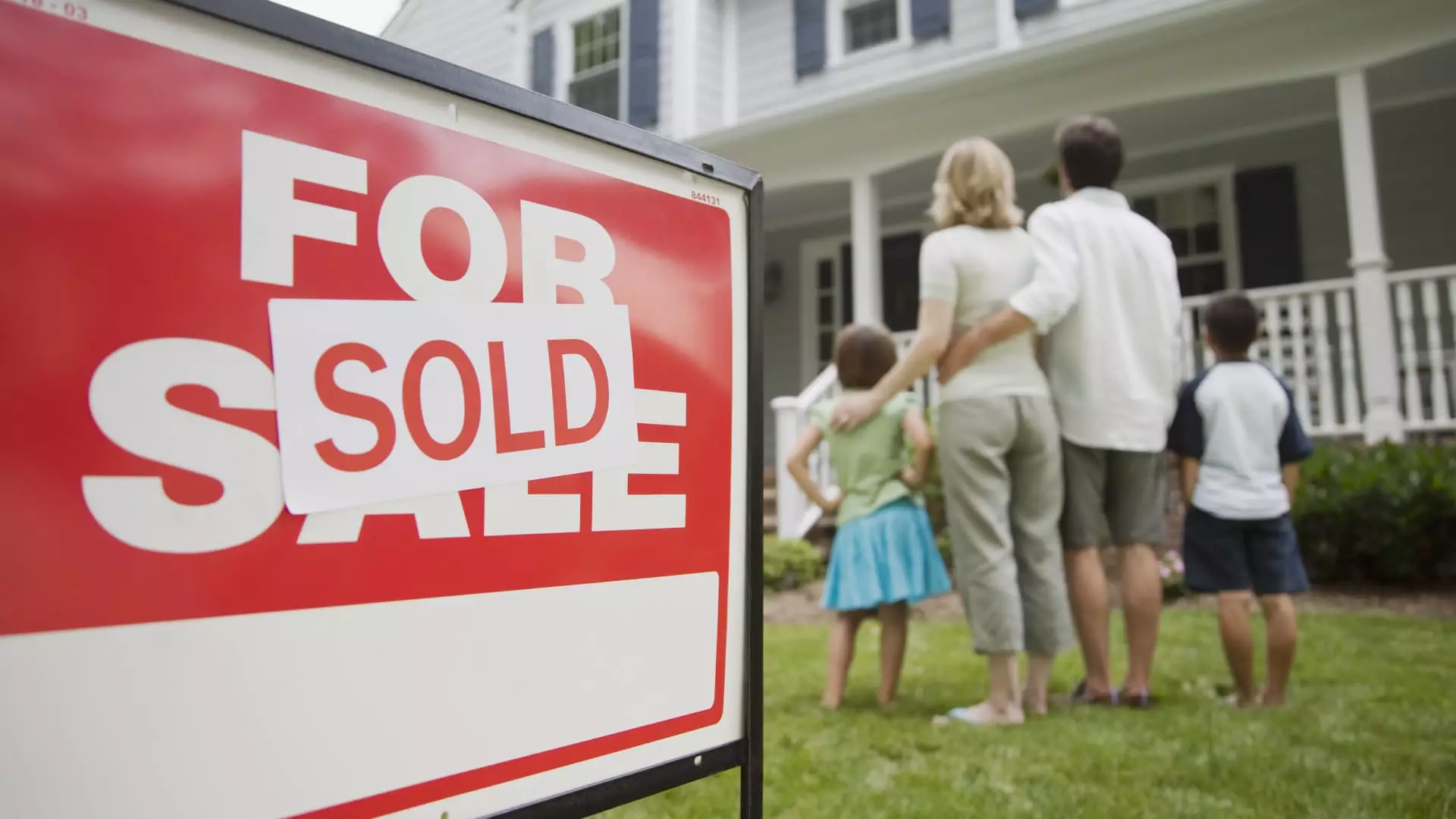Homebuyers are investing more money into purchasing a home, with the average down payment reported to be 13.6% in the first quarter of 2024, according to a study by Realtor.com. This is an increase from the previous year, yet it remains lower than the peak seen in the third quarter of 2023 when buyers typically put down an average of 14.7%. The typical median down payment amount was $26,000, indicating that despite an upward trend, buyers are not reaching the anticipated 20% down payment mark.
While putting down a higher down payment can result in reduced monthly mortgage payments, it is not always feasible for many households. Danielle Hale, chief economist at Realtor.com, highlights that the current housing market poses challenges to affordability, making it difficult for buyers to accumulate savings for a down payment. Nearly 40% of Americans without homes attribute their lack of homeownership to insufficient savings for a down payment, emphasizing the financial barrier faced by many aspiring buyers.
Contrary to popular belief, experts emphasize that a 20% down payment is not obligatory when purchasing a home. Hale points out that the average down payment nationally ranges from 10% to 15%, with some states even falling below the 10% threshold. Various loan programs, such as VA loans and USDA loans, offer 0% down payment options for eligible buyers, facilitating homeownership in both urban and rural areas. FHA loans, requiring as little as 3.5% down payment, cater to specific groups like first-time buyers and low-income individuals, aiming to reduce homeownership disparities.
When determining the appropriate down payment amount, buyers should carefully assess their financial situation. While opting for a lower down payment may address affordability concerns, it comes with added expenses. Borrowing more from lenders to compensate for a lower down payment amplifies monthly mortgage costs and can disqualify buyers from securing the best interest rates. Additionally, loans exceeding 80% of a property’s value typically incur private mortgage insurance (PMI), imposing additional annual expenses ranging from $1,500 to $4,500. Alternatively, some buyers opt for a “piggyback mortgage” to bypass PMI but face higher mortgage rates on the secondary loan.
Despite the prevailing notion that a 20% down payment is imperative, buyers have various alternatives to explore. With down payment requirements as low as 3% to 5% for conventional loans, buyers can leverage their credit scores and financial standings to secure favorable terms. By evaluating the associated costs and benefits of different down payment amounts, buyers can make informed decisions that align with their homeownership goals. Ultimately, the key lies in striking a balance between affordability and long-term financial stability when navigating down payment choices.
The real estate landscape offers a myriad of opportunities for prospective buyers, emphasizing that a 20% down payment is not a steadfast rule but rather a flexible guideline. By analyzing the benefits and drawbacks of different down payment amounts and exploring diverse loan programs, buyers can embark on their homeownership journey with confidence and clarity.


Leave a Reply